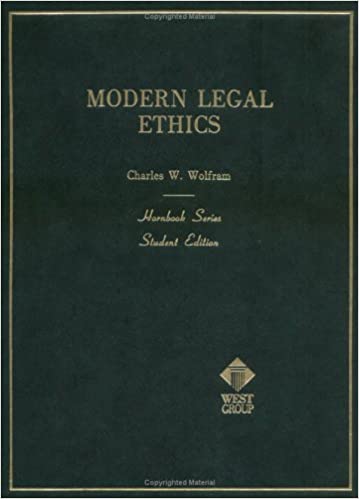INSTRUCTIONS AND DEFINITIONS
Michael Sean Quinn*
American civil litigation involves substantial written discovery there are rules governing it in every jurisdiction–state and federal. Have you ever noticed that many instances of this such things as interrogatories, requests for admissions, and requests for the production of documents (or something else) begin with elaborate instructions and complex definitions.
Have you ever wondered if the rules of civil procedure in a relevant jurisdiction characterize and authorize such inclusions?
Take the Texas Rules of Civil Procedure as a–so far as I know–typical example. I have go through the applicable rules and I don’t see such an authorization. One fellow said to me not long ago, that there was no such foundation but that everyone ignored instructions and definitions that fall outside ordinary language (or established cyber language).
Of course, my friend pointed out, the party responding or answering may well want to characterize carefully what “he” is providing. Interestingly, that can raise all the same problems if the characterizations are evasive.
So what should one do when one receives, for example, absurdly complex instructions or definitions. I don’t think one should “object” since objections are waivedor defeated automatically after a specified number of days. One might do nothing andsimply proceed. Another way to go forward is to reject them on the grounds that they are unauthorized and therefore without without authority.
Lesson: read the questions and requests carefully. Treat the answers and responses similarly. And this is big news?
*Michael Sean Quinn, Ph.D., J.D.
The Law Firm of Michael Sean Quinn
1300 West Lynn Street, Suite 208
Austin, Texas 78703
(512) 296-2594
(512) 344-9466 – Fax




Recent Comments